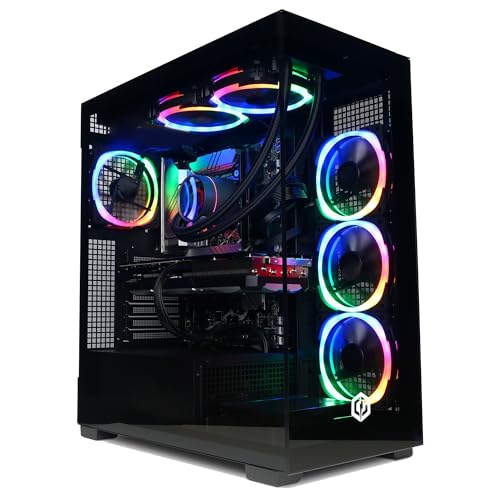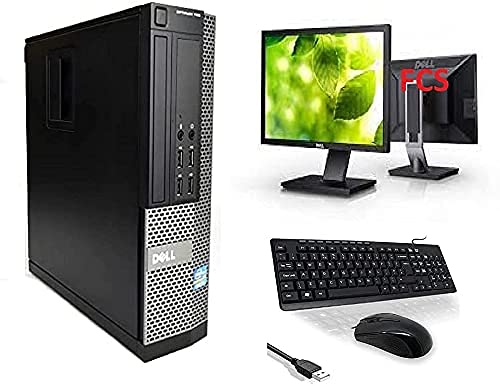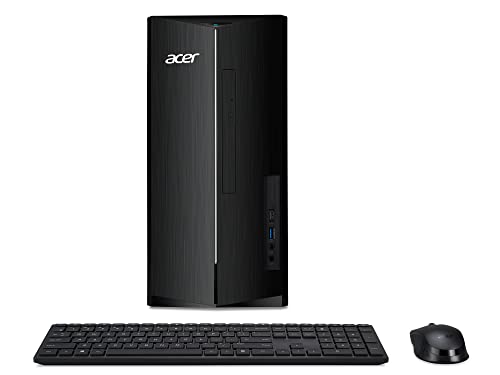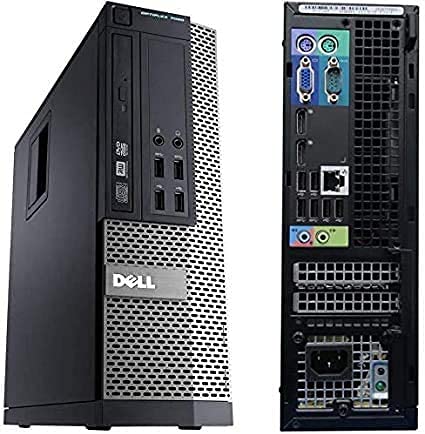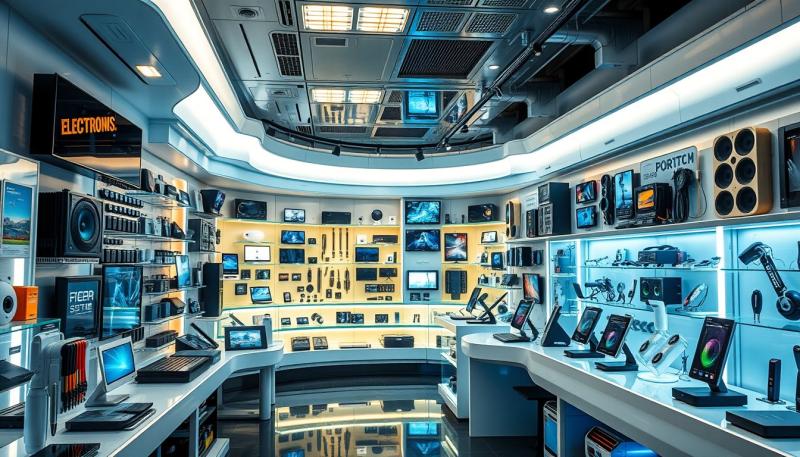Choosing the right desktop computer can be a daunting task, but with a clear understanding of your needs, you can find the perfect fit. Whether you are a casual user looking for basic functionality or a professional in need of high-performance computing power, there are several factors to consider.
Firstly, consider the intended purpose of the desktop. Will it mainly be used for web browsing, email, and basic office tasks? In this case, a budget-friendly option with sufficient processing power and storage capacity will suffice. On the other hand, if you are running resource-intensive software or engaging in activities such as gaming or video editing, you will require a desktop with stronger specifications.
Secondly, think about the necessary components and peripherals. Are you in need of a large storage capacity for storing media files and documents? Will you require a powerful graphics card for gaming or graphic design? Determining the specific requirements for your work or leisure activities will help narrow down the options.
Finally, consider the future-proofing aspect. Technology evolves rapidly, and it is important to choose a desktop with upgradeability options. Ensuring that the desktop can accommodate additional RAM, storage, and other components will save you from the need to purchase a new system sooner than necessary.
Exploring the Components: Building Your Dream Desktop
When it comes to building your dream desktop, having a thorough understanding of the essential components is crucial. Each component plays a vital role in the overall performance and capabilities of your machine. Let's delve into the key elements that you need to consider:
Processor (CPU)
The processor serves as the brain of your computer, handling all the calculations and instructions. It determines the speed and efficiency of your system, so choosing the right one is paramount. Processors come in various models and brands, such as Intel and AMD, each with their own strengths and capabilities.
Memory (RAM)
Random Access Memory (RAM) acts as short-term memory for your computer, allowing it to store and quickly access the data that it currently needs. The more RAM you have, the smoother your system will run when multitasking or running resource-intensive applications. Aim for at least 8GB or higher for optimal performance.
Storage (Hard Drive/Solid State Drive)
Storage is where you keep all your files, applications, and the operating system. Hard drives (HDD) offer high storage capacity at a lower cost, while solid-state drives (SSD) provide significantly faster read and write speeds, resulting in quicker overall system performance. A combination of both can be a great choice, using an SSD for your operating system and frequently used applications and an HDD for storing larger files.
Graphics Card (GPU)
If you plan on gaming or working on graphics-intensive tasks, a dedicated graphics card is essential. Graphics cards enhance the visuals and are responsible for rendering 3D graphics, videos, and animations. They come in varying levels of performance, with some suitable for casual gaming and others tailored for demanding professional work.
Navigating Operating Systems: Selecting the Right Platform
When it comes to choosing the ideal desktop for your computer, one of the key factors to consider is the operating system (OS) that will best suit your needs. With several major operating systems available on the market, each with its own strengths and limitations, it can be a daunting task to find the perfect fit. In this guide, we will explore the different operating systems to help you make an informed decision.
Windows OS
Windows OS, developed by Microsoft, is the most widely used operating system globally. Known for its user-friendly interface, Windows offers a plethora of software options and has extensive compatibility with various devices and hardware components. It supports a wide range of applications, making it a great choice for both casual users and professionals in fields such as business, gaming, and multimedia production.
macOS
macOS, exclusively crafted by Apple, powers their line of Mac computers. Renowned for its sleek design, seamless integration with other Apple devices, and excellent performance, macOS is a popular choice among creative professionals. It offers a smooth and intuitive user experience, along with a robust set of productivity apps. Additionally, macOS provides a secure environment with strong privacy features, making it suitable for those concerned about digital security.
Linux
Linux is an open-source operating system that offers incredible flexibility and customization options. It is highly favored by tech enthusiasts, developers, and those seeking a free and open computing environment. Linux provides a diverse range of distributions, or "distros," each tailored to different user preferences. While it may have a slightly steeper learning curve compared to Windows or macOS, Linux offers unparalleled control over your system, making it an excellent choice for users who value customization and freedom.
Making the Most of Your Desktop: Optimizing Performance
The performance of your desktop can greatly impact your overall productivity and user experience. By optimizing its performance, you can ensure a smooth and efficient workflow. Here are some tips to help you get the most out of your desktop device.
1. Keep your desktop clutter-free: A cluttered desktop can slow down system performance. It's essential to keep your desktop organized and remove any unnecessary icons or files. Create folders and subfolders to categorize your files, making it easier to locate what you need quickly. By reducing desktop clutter, your device will have more resources available, resulting in improved performance.
2. Regularly clean up your hard drive. Over time, your hard drive can become cluttered with unnecessary files and folders. Use the built-in disk cleanup tool or third-party software to remove temporary files, internet cache, and other unnecessary data. Additionally, consider uninstalling any unused programs to free up valuable storage space. Keeping your hard drive clean and optimized can lead to faster boot times and smoother overall performance.
3. Optimize startup programs: Many applications are set to start automatically when you boot up your desktop, which can significantly impact its startup time. Review and modify your startup program list to only include essential applications. To do this, access the Task Manager (Ctrl + Shift + Esc), navigate to the "Startup" tab, and disable any unnecessary programs. This will help your desktop start up faster and allocate resources more efficiently.
4. Regularly update software and drivers: Software and driver updates often include bug fixes, security patches, and performance improvements. Keeping your operating system, applications, and drivers up to date is crucial for optimal performance. Enable automatic updates whenever possible or schedule regular manual checks for updates to ensure you're running the latest versions and benefiting from any performance enhancements.

